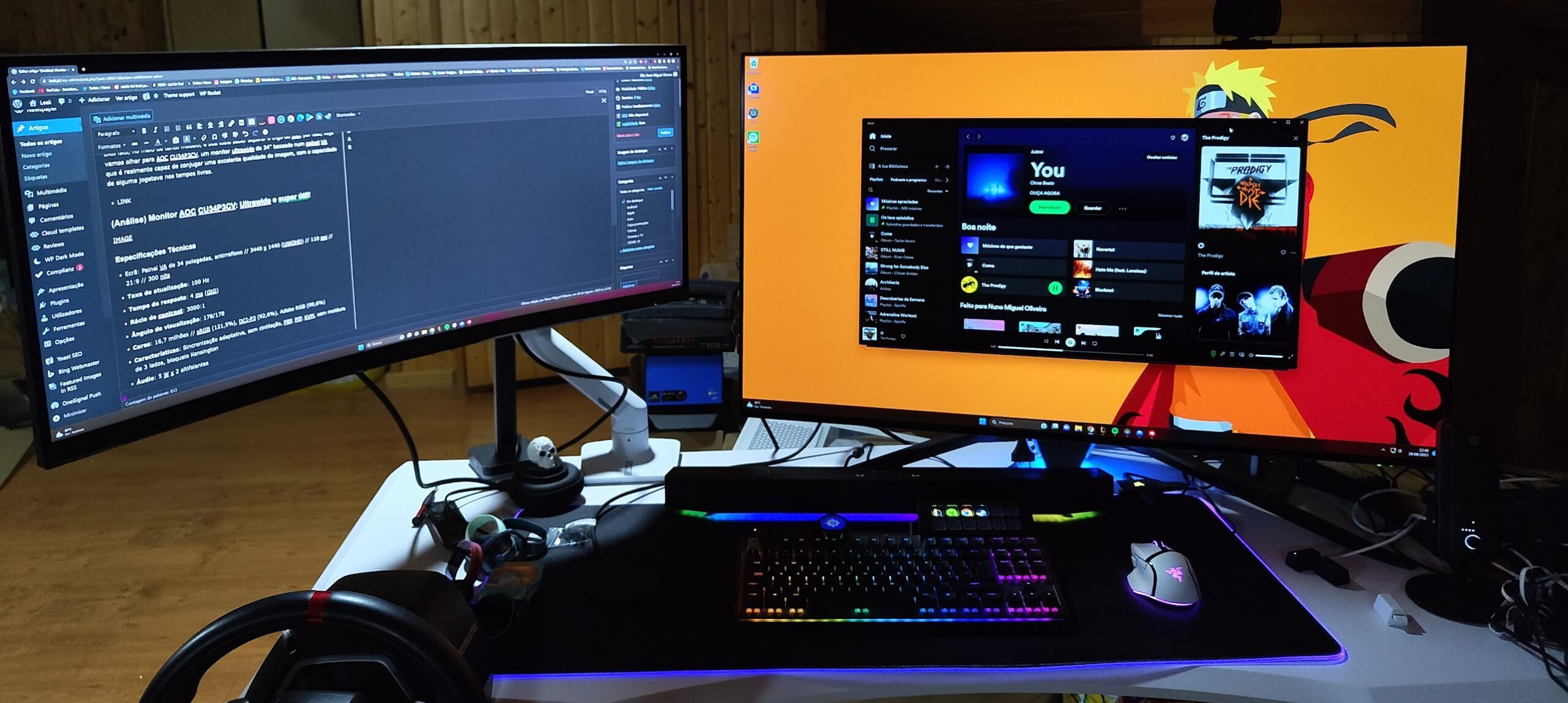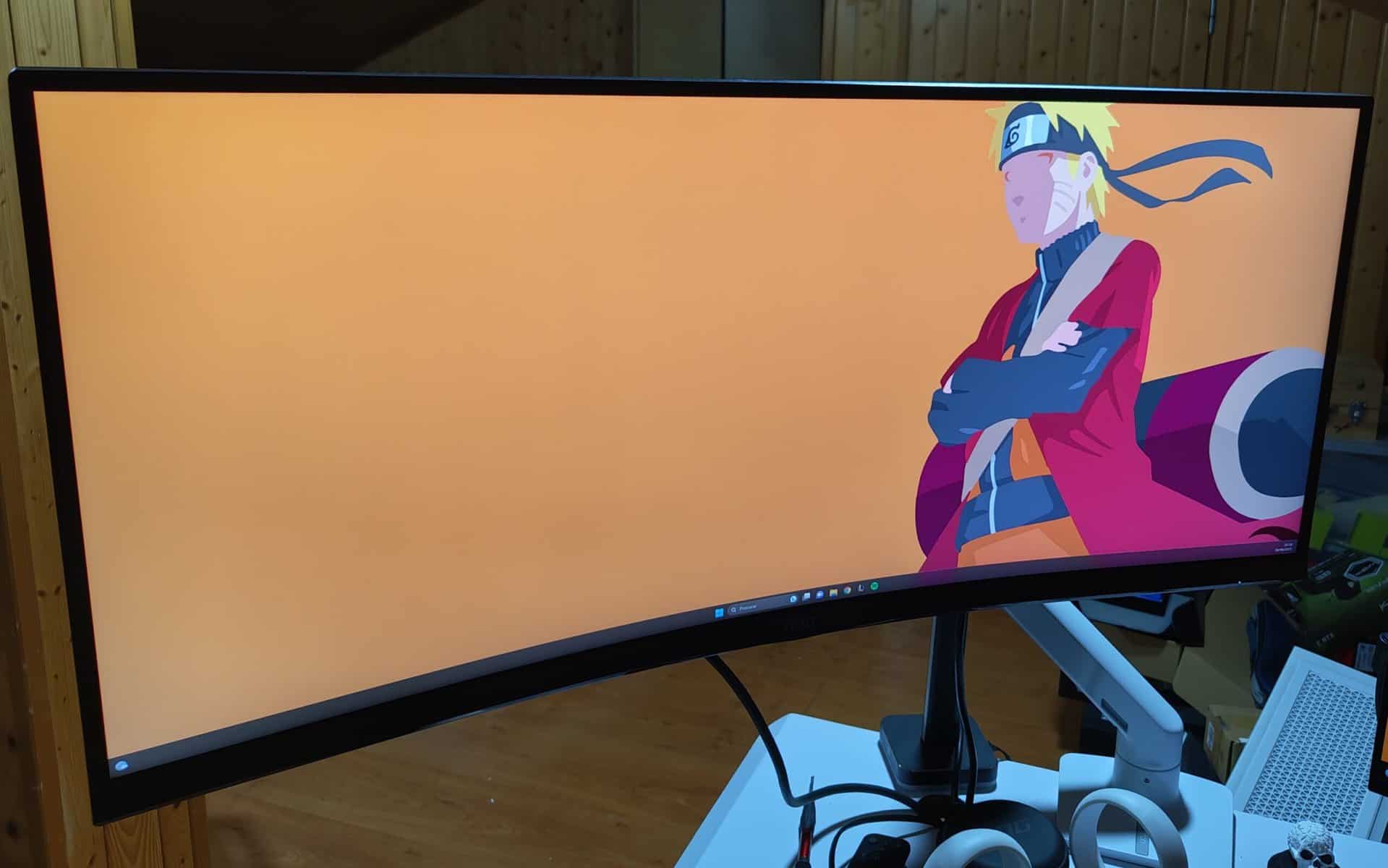Tech
You need to know this before buying an arm for your monitor

Most people recommend purchasing a monitor arm if you want an ergonomic setup. And they are actually very useful. This is because they allow you to adjust the screens as you see fit, helping to avoid eye strain and other pain related to posture. However, installing a monitor arm is not as simple as it seems. So don’t buy any arm for your monitor without taking a few things into account.
You need to know this before buying an arm for your monitor
Is your monitor VESA compatible?
Most monitor arms use VESA’s FDMI (Flat Display Mounting Interface) standard to ensure they fit most screens. However, not all screens are compatible with the standard VESA. Therefore, if you are planning to purchase a stand or arm for the monitor you have or are planning to purchase, you must make sure that it is VESA compatible.
It’s just that some screens don’t have VESA support. So if that’s the case, you’ll have to buy an unsightly monitor stand that holds the screen at the edges. If you don’t want to view your monitor this way or if your screen is too curved for this solution, you can’t help but use the stand included with the screen.
Can the monitor arm reliably support the weight of the monitor?
Monitor arms are only rated for a specific weight, which varies by model and manufacturer. Although LED screens are now lighter than the CRT screens of yesteryear, monitors 27 inches and larger tend to be heavier.
So, before mounting an expensive screen on a cheap monitor arm, check that it can support the monitor’s rated weight. Otherwise, you risk damaging the screen when the arm breaks or falls over as it cannot support the weight it has to support.
Are your cables long enough?
Besides ergonomics, another reason people use monitor arms is to have a clean desk. So, when you finally install a monitor arm, you route the power and display cables through the cable channels on the arm. Or, if the arm doesn’t have a channel, they use a sleeve that secures and hides the cables.
However, when you do this, you add extra distance between the computer and the monitor. Therefore, unless your computer is placed close to the screen, you will need to invest in a longer cable than the one that comes in the monitor box.
If you’re using a fixed clamp-mount monitor arm, you only need a little space between your desk and the wall behind it. However, fixed position arms defeat the purpose of monitor arms, as the screen is locked into a fixed position and has to adjust to it, rather than the other way around.

However, if you have a fully articulating monitor arm and want to move the arm away from you, you will need space behind your desk to accommodate the arm. That is, between 5 and 10 cm. If you work in a tight space, you will have less room to move around.
Can your desk accommodate a monitor arm?
Most monitor arms are mounted with clips or grommets. This means that your desk must be strong enough to support the weight of the monitor, monitor arm, and other accessories you place on the monitor (such as a webcam).

So, if you are using a thin, cheap desk that you bought at a flea market, you should check whether it will break when you put all that pressure on a smaller area. Additionally, some desks with sleek edges won’t work unless they are equipped with a grommet and the monitor arm comes with a grommet stand.
Is the surface of the desk strong enough to withstand the pressure of your arms?
Although most hardwood desks can support the weight of the monitor arm mounts, you need to check that the surface of the desk will not be damaged by the monitor arm. Since these stands can normally support a relatively heavy weight, you must attach them securely to the desk.
However, when it does so, it applies pressure to a relatively small area. This means that in the long run it can leave a mark. The monitor arms can even scratch the table surface when you install it. Therefore, to protect the finish of your desk, use paper or cardboard cut to fit the monitor arm.
Does the setup fit monitor arms?
Monitor arms are especially useful if you have multiple monitors. This is because these stands allow you to place monitors close to each other freely, especially if you have a lot of other things on your desk. However, most multi-monitor arms have a maximum size limit that they can accommodate.

So, if you are planning to buy three 34-inch ultra-wide monitors, you need to check whether the monitor arms you are buying to go with them fit them. After all, if the stand arms are too short, you will end up with a poorly positioned monitor system or you will not be able to use the monitor arms.
How often will you adjust the monitors?
You should also take one last aspect into account, especially if you have more than one screen. Monitor arms are notoriously difficult to adjust perfectly. While you can easily adjust a single screen on a monitor arm as you just move it in relation to your position, it is more difficult when you have to adjust a monitor in relation to you and the monitor next to it.
You may find yourself constantly adjusting a monitor because it appears to be out of alignment with the main screen. Once you’ve found the perfect spot, it’s difficult to adjust your monitors perfectly again if you want to change their positions.
-

 Business5 months ago
Business5 months agoThis big movie with Ana de Armas and Keanu Reeves comes to AMC this weekend
-

 Entertainment5 months ago
Entertainment5 months agoNew trailer for DLC Dragon Ball Z: Kakarot “Goku’s Next Journey”
-

 Tech1 month ago
Tech1 month agothesparkshop.in:product/wireless-earbuds-bluetooth-5-0-8d-stereo-sound-hi-fi
-

 Business5 months ago
Business5 months agoWhat should you know about patio homes for sale in Scottsdale?














